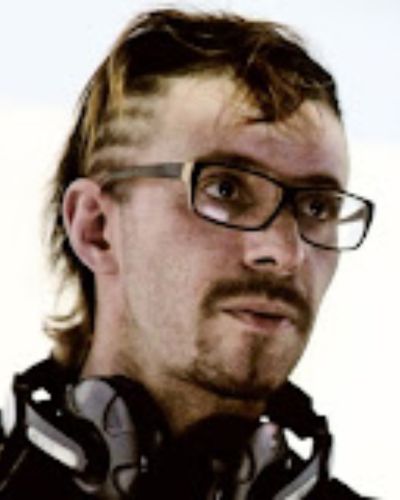COURSES
An introduction to the formal science at the foundations of modern science and technology. 1. Introduction to Set Theory & Algebra (Zapata) Course outlook. Basic definitions of sets and algebraic structures on them. Examples: semigroup, ring, vector space. Notion of distance and metrics. 2. Introduction to Category Theory - in preparation for Peter May’s talk (Isasi) Combinatorial perspective and introduction to category theory, focusing on the conceptual background of these ideas (simplices, homotopy, functoriality, universality, limits and colimits, adjunction). 3. Homology, Cohomology and Persistent Homology (Isasi) The theoretical concepts behind persistent homology for data analysis, up to the structure theorem. The concept of barcodes. 4. Continuation on Persistent Homology (Isasi) The stability theorem in persistent homology and a look at applications. Persistence landscapes and images. 5. Hypergraphs & Diagrammatic Calculus (Zapata) Notion of labelled hypergraph. Generalization from networks. The rewriting approach "what is like to do math". Recovering known algebraic structures. The prospect of the uncharted computational universe.
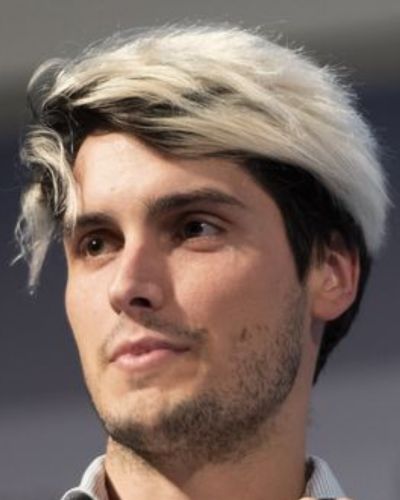
Carlos Zapata-Carratalá
Wolfram Institute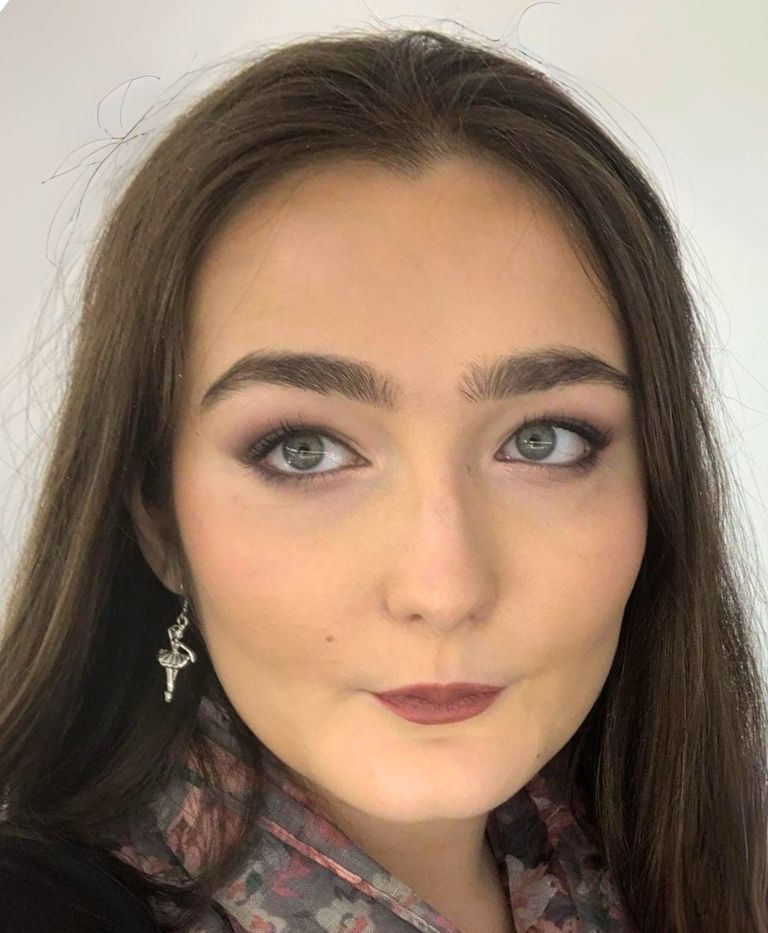
Elena Isasi-Theus
Universitat Politècnica de Catalunya<This mini-course explores storytelling, semiotic, and interpretational approaches to mathematics that uncover forgotten and oft-ignored literary aspects of the mathematical practice. Part of the course will investigate ideas in existing literature while the other part will deliver advances in ongoing research. This is both a lecture course and a discussion forum. Participants are not expected to be mathematicians, literary experts, or philosophers. Everyone is welcome, those who just wish to listen and those who would like to engage in the discussion. On a meta-level, the course is also meant to disseminate ideas that might take root in different guises across different fields. For those of you who took the course last year: the last couple of sessions will go beyond what you’ve already heard, as I remember there was quite some demand to see where the research was leading.
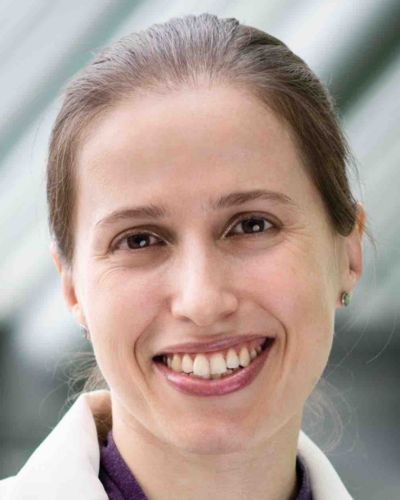
Irida Altman
ETH ZurichBayesian updating is the means by which a rational agent incorporates new information into their beliefs. We will advertise a Bayesian (probabilistic) view of life and reasoning, give cognitive tools, point out how principles of rational thought which aren't evidently Bayesian fit into the Bayesian framework and discuss some philosophical issues (doomsday argument, sleeping beauty problem).
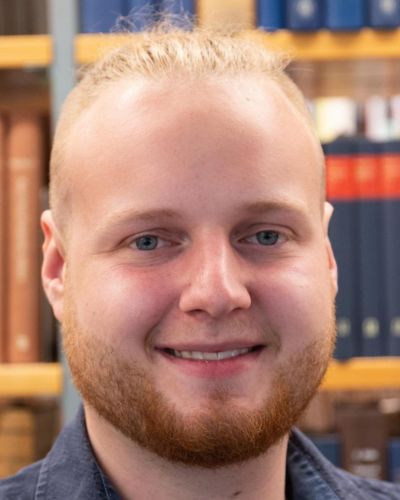
Edward Eriksson
International Max Planck Research SchoolTBD.
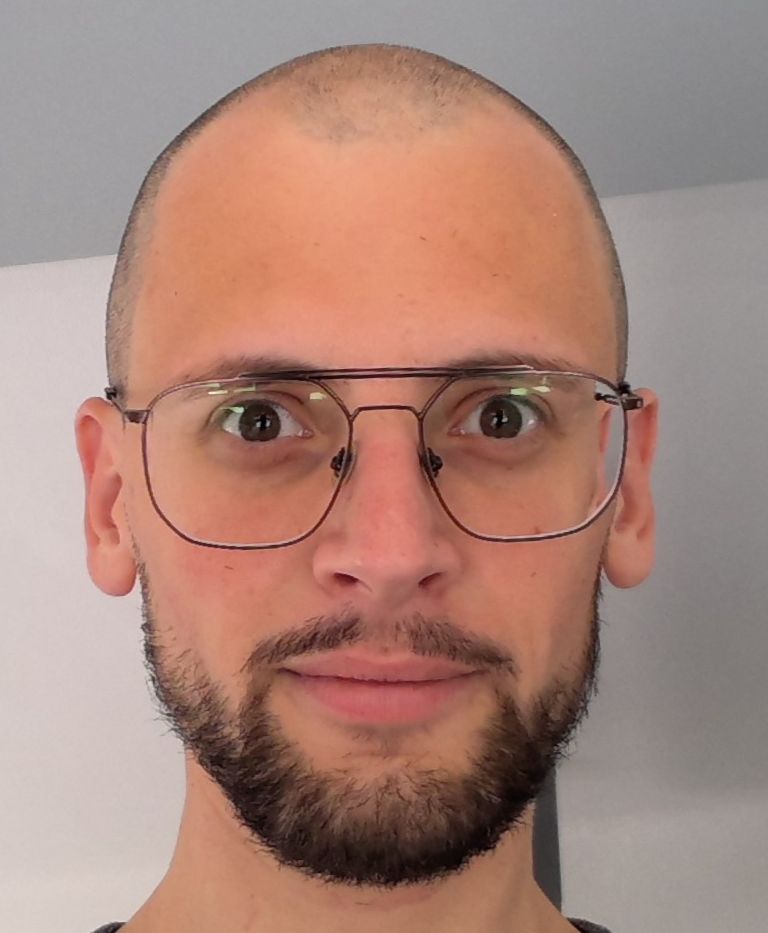
Marcel Ertel
University TübingenFour sessions on the idea of “Global Brain Singularity”, basically broken down into the following categories: · Past or Universal History · Present or Metasystem Transition · Future or Speculative Evolution · Meta-Present or Contemporary Philosophy
Materials · Cadell Last’s Global Brain Singularity book
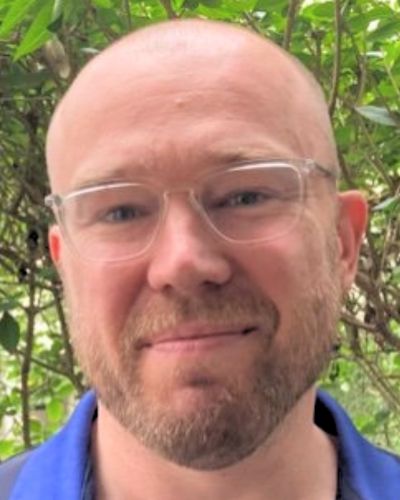
Cadell Last
Vrije Universiteit BrusselIn this minicourse, we will delve into the philosophy and science of meditation. You will learn about the different types of meditation practices that have been developed by different cultures throughout history. You will also get to look at relevant neuroscientific, genetic, psychological, and physiological research detailing the effects of meditation practices. The talk will also look at the anthropology and spirituality of meditation, and attendees will have the chance to experience a multitude of short practices throughout the sessions.
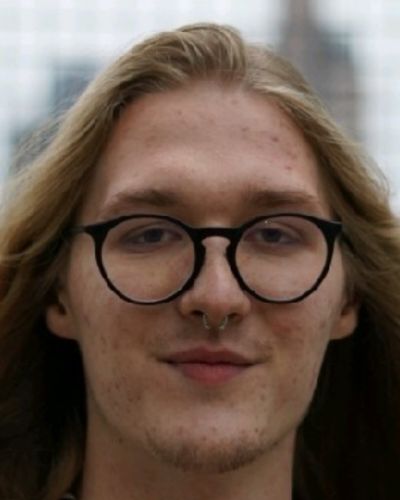
Vlad Grigoras
University of EdinburghThis mini-course would focus on: - reconstruction and randomization techniques to study financial networks based on entropy maximization - motifs analysis to study recurrent patterns and characterize networks, with specific application to economic networks: energy system and world trade web.
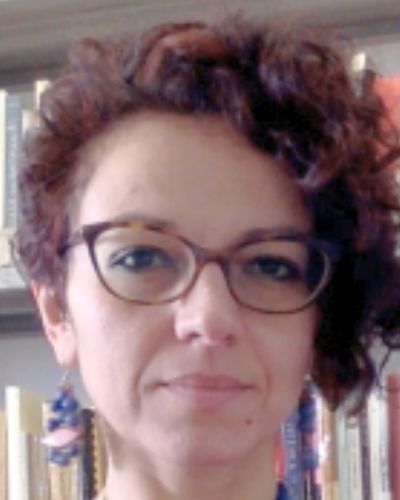
Rossana Mastrandrea
IMT School of Advanced StudiesTALKS
Cognitive science is confronted by several fundamental anomalies deriving from the mind–body problem. Most prominent is the problem of mental causation and the hard problem of consciousness, which can be generalized into the hard problem of agential efficacy and the hard problem of mental content. Here, it is proposed to accept these explanatory gaps at face value and to take them as positive indications of a complex relation: mind and matter are one, but they are not the same. They are related in an efficacious yet non-reducible, non-observable, and even non-intelligible manner. Natural science is well equipped to handle the effects of non-observables, and so the mind is treated as equivalent to a hidden ‘black box’ coupled to the body.
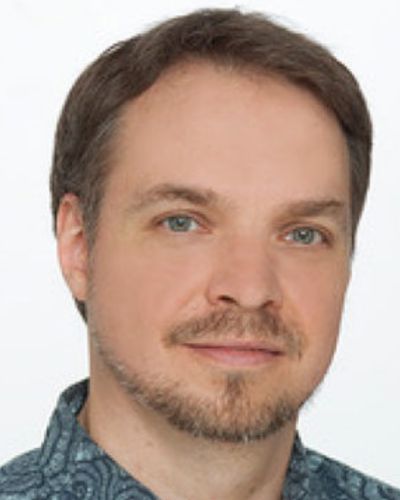
Tom Froese
Okinawa Institute of Science and TechnologyIn the study of biological evolution, we can affirm, without any doubt, the existence of a conflict between the relative roles of contingency and necessity explaining the evolution of life. A particular tradition, at the hands of prominent evolutionary biologists, gives us the understanding that contingency marks the dynamics of life in such a way as to make it unpredictable. But if this is true, why are new biological traits or entities that appeared over time more complex than their predecessors? That seems to support, by the same temporal sequence in which they have been appearing in different branches of the tree of life, a kind of necessity that is written in the living matter. Obviously, the relationship that this has with the idea of a tendency in evolution towards greater biological complexity does not escape us. A fundamental condition to be able to affirm that there is an evolution towards greater complexity is to find some parameter that proves this tendency. If such parameter(s) are found, we would be in a position to affirm that a predictive theory of evolution is possible. In fact, only from the evidence of such a tendency is evolution predictable.
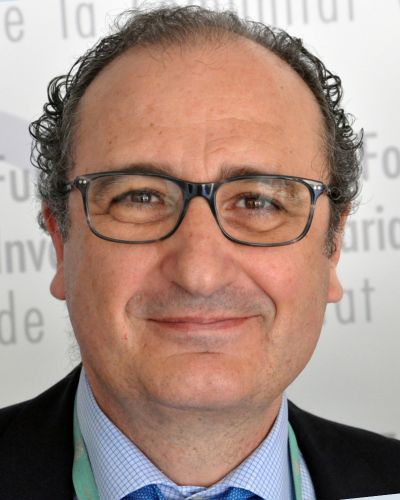
Andrés Moya
University of ValenciaIn my PhD I am mainly dedicated to the study of artificial neural networks. We start from some studies in which we talk about the role played by the dimensionality of the data in the processing of information by an artificial neural network. What we propose is that in any case, in classification tasks, what must be optimized is the separation between categories in order to be able to classify correctly. To test this hypothesis we define a metric, which we have named SNR (signal-to-noise ratio) that quantifies the linear separability between two clusters as the ratio of signal (defined as the squared inter-cluster separation distance) over noise (defined as the sum of cluster variances), all on an optimal axis that maximizes SNR. If, as we propose, SNR is optimized during learning, there should be a causal relationship between SNR and model accuracy (in terms of accuracy or probability of obtaining the correct class). We test this with feedforward networks and using MNIST as a dataset. We also present other possible applications of SNR to more complex problems such as event classification in neutrino physics, like track and shower. Our analysis infers the contribution and relevance of the different parts of a neural network built "to blocks" used with transfer learning, as well as its use to perform an efficient "pruning" of the initial neural network architecture.
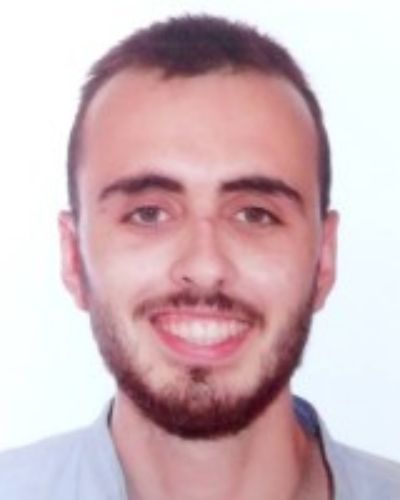
Benjamín Pascual-Estrugo
Technical University of ValenciaI will review my experience and knowledge in decision making experiments, theories and models, in humans, in contemporary neuroscience. In our daily life, we constantly decide between two or more options after gathering information about them (what’s each articles’ price?, to which point can I trust this person?...). Many studies have modelled decision making in a simplified way; e.g., assuming we accumulate evidence piece by piece in a progressive, continuous way. However, everyday decisions are constantly filled with noisy evidence, and interruptions that force us to keep gathered evidence in our memory. This is compounded by varying levels of arousal, urgency to decide, and personality traits such as impulsivity. For the last decades, several mathematical models have been developed to begin approximating this complexity. Many of them, and the most applied ones, such as diffusion or attractor models, have been borrowed from physics. I will give a superficial, but I hope insightful, review on these topics and the present-day challenges we face.
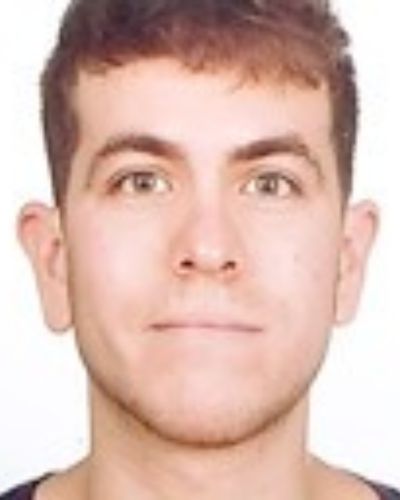
Alejandro Sospedra-Orellano
Cajal International Neuroscience CenterThe Nyquist-Shannon sampling theorem lies heart of modern digital signal processing. It underpins the design of our hardware, software, mobile phones, telecommunication pipelines, music studio equipment and fMRI machines, and even our theoretical understanding of messaging and physical limits. It establishes a key relationship between signal frequency and the rate of sample measurements needed to represent it. It yields a classic limit that any engineer, technician or applied mathematician learns early in their education: to sample and reconstruct a signal of frequency F, one needs to capture at least 2F samples equally spaced over the signal domain. A simple definition with profound ramifications. In recent years, researchers and mathematicians have started identifying cases where one can break this limit, establishing proofs of concepts, working out various methods, identifying new limits and bounds. The neighboring fields of Compressed Sensing and the theory of Wavelets are exciting examples. In 2020 I stumbled into the potential to sample beyond this limit through my own methods. In this talk I will give you an intuitive audiovisual journey through my discoveries, present relationships to work of myself and many others, and entice you with potential applications of this idea. Finally, I will invite you to contribute new perspectives on this new and emerging space of ideas. The tricks in this talk are existence proofs; they work but they are not yet elegant. It is my hope that with a wider audience this idea can get the love it needs to really shine. "The sun machine is coming down, and we're gonna have a party" - David Bowie 🎵
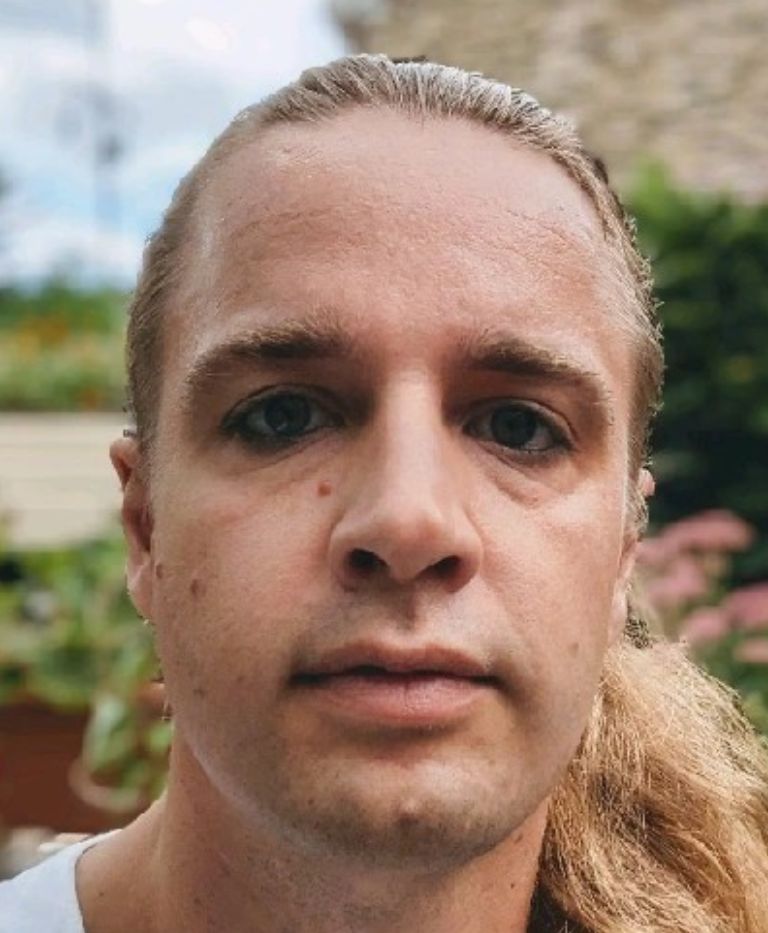
Mar Zandvliet
Utrecht School of the ArtsAcademic disciplines determine the ways we categorize different ways of producing knowledge. But why are we so committed to these ways of splitting not only scientific practice but also the way we view the world? Are there alternatives? This session will begin with a provocation on reconsidering the usefulness of disciplines as a category and suggesting to move away from them. The goal is to explore alternative perspectives on categorizing knowledge and expertise by leveraging the collective intelligence of the space through an open-ended participatory format which mixes a traditional talk with a participatory format for reflecting on its contents and producing new ideas.
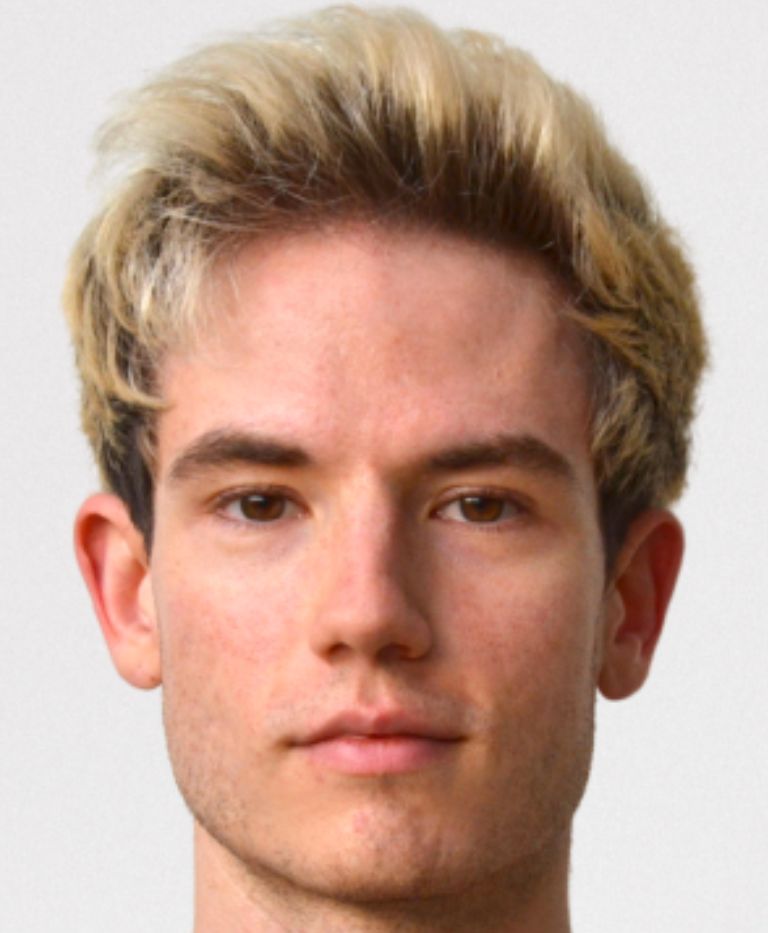
Fotis Tsiroukis
University of ExeterA talk on the recent developments in computational investigations carried by myself and the Wolfram Institute team.
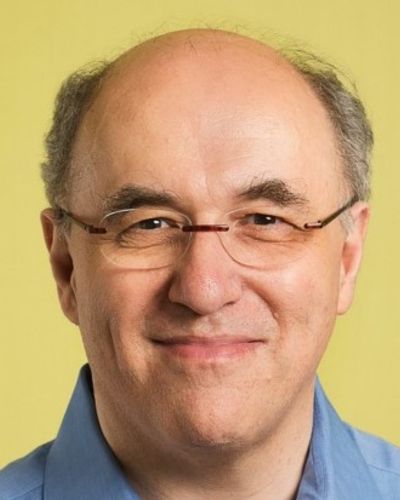
Stephen Wolfram
Wolfram InstituteMathematical structures need names. The shape of mathematics was changed with the naming of categories, functors, and natural transformations, all of which were familiar structures long before they had names. I named operads. I love Alice in Wonderland and my mother was an opera singer, hence the name. The structure encodes OPERations in older mathematical structures called monADS. Operads encode coherently associative and commutative systems of operations in monads, which are monoids in the category of functors and natural transformations in a given ground category. That sounds like a mouthful, but as Drinfeld (a Fields Medalist at Chicago) once told me, the virtue of operads is that they are so simple. The structure so named appears throughout mathematics. As this idiot should have seen a half century ago, richer mathematical structures that have both ``addition" and ``multiplication" also admit operadic style structure, and there are new notions of moperads and bioperads that encode such structure. Such structure has real mathematical applications, but I probably won't get into that.

J. Peter May
The University of ChicagoThe main ideas of dimensional reasoning are outlined starting with high-school physics and arriving at Planck's universal units.
Materials · Talk Contents (PDF)

Philip C. Nelson
University of PennsylvaniaPortfolio Optimization tackles the challenge of finding trading strategies that maximize returns while minimizing risk. This overview covers Markowitz’s Modern Portfolio Theory, alongside advanced approached leveraging Artificial Intelligence (AI) and Quantum Computing (QC). These cutting-edge methodologies promise substantial enhancements in asset allocation efficiency, risk management accuracy, and overall investment performance, addressing the shortcomings of traditional models.
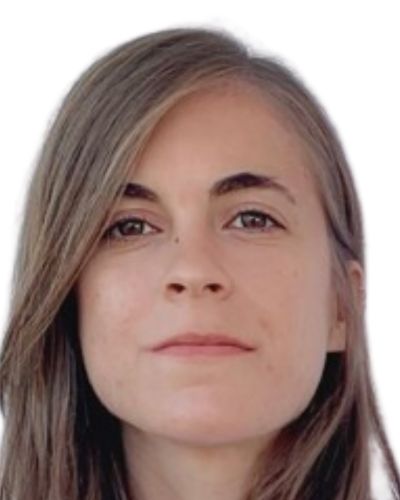
Sandra Ranilla-Cortina
Credit SuisseUnderstanding how neural networks generalize on unseen data is crucial for designing more robust and reliable models. Topological data analysis (TDA) has been shown to be useful for this purpose. Specifically, Vietoris-Rips persistence descriptors computed from neuron activation correlation matrices after a training phase in a neural network are related to the network's generalization capacity. We leverage this insight to build topology-based regularization terms, aimed at minimizing the highest correlations between neurons during training. These regularizers improve the accuracy of classification tasks, outperforming several popular regularization techniques.
Materials · Predicting the generalization gap in neural networks using topological data analysis · Decorrelating neurons using persistence
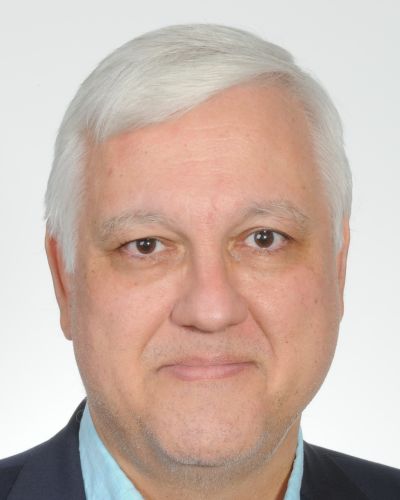
Carles Casacuberta
University of BarcelonaOne of the main challenges in modern mathematics is the classification problem: When are two objects the same? This problem is particularly interesting in the geometric setting, since classifying spaces gives us deep insights in mathematics and physics. In order to be able to distinguish these spaces, mathematicians invented algebraic topology, based on associating simple algebraic pieces of data called invariant, such as numbers or polynomials, to spaces. However, despite their important role in modern geometry, the most powerful invariants are extremely hard to compute, and they are even unknown for important cases. Nevertheless, theoretical physics provides us with a new hope: Topological Quantum Field Theories (TQFTs) a powerful categorical tool capable of computing invariants in an effective way. In this talk, we shall introduce TQFTs and explore how they can be used to compute highly non-trivial invariants of surfaces. Time permiting, we shall apply these techniques to knot theory of 3-dimensional manifolds, in connection with the groundbreaking works of Witten and the emergence of quantum topology.
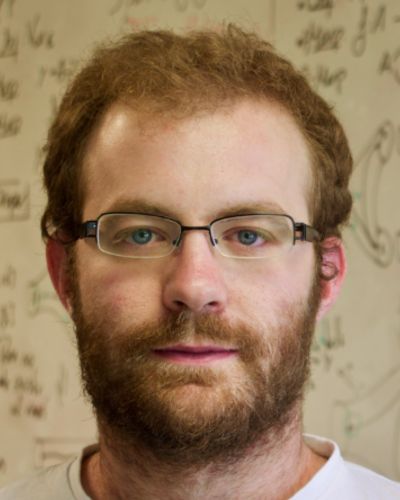
Ángel González-Prieto
Complutense University of MadridThe tools of AI present a golden opportunity for both the advancement of science and the delivery of scientific precision to societal-level decision-making. Yet the rising use of AI in both scientific and socially-sensitive contexts has raised alarms amongst scientists, ethicists, and lawmakers alike. How should concerned parties draw the line between the appropriate use and abuse of these emerging technologies? One promising avenue seeks to ground such a distinction in the reliability of the methods of AI as tools of knowledge-production. “AI” is colloquial language for the modelling techniques of machine learning, or ML—typically, state of the art deep learning (DL) approaches. The methods of ML are, at their core, epistemic tools, meaning that they are aimed at knowledge-production. More precisely, they are analytical methods aimed at producing knowledge of the real-world systems on whose data they are trained and deployed. Yet the epistemic status of this genre of methods is both poorly understood and hotly contested. An understanding of the primary function of emerging technologies, and the ability to evaluate their success (or failure) in fulfilling that function, seems a necessary first-step in determining what promise they might hold, what risks they might pose, and setting boundaries—legal or otherwise—around their appropriate usage. Fortunately, philosophy of science offers a framework in which to evaluate the epistemic status of analytic methods like those of ML. In this minicourse, we examine the use of ML through the lenses of core topics in philosophy of science: mathematical representation, modelling and interpretation, and the problem of induction.
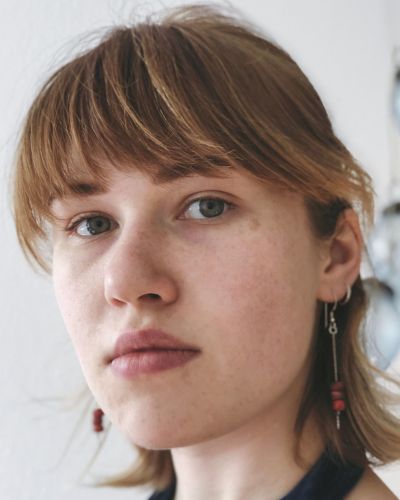
Mel Andrews
University of Cincinnati Carnegie Mellon UniversityTBD.

Postmodern Jukebox
Musical CollectiveThe understanding of nature is nowadays scientific, and yet as a radical contrast to this type of understanding it’s worth pointing out some fundamental aspects of the operative approach to nature that characterized the crafts and traditional arts prior to the advent of the modern scientific method. Some of these aspects serve to point out the creative potentials of such operative approach, as to also point out some epistemological predicaments in today’s scientific research.
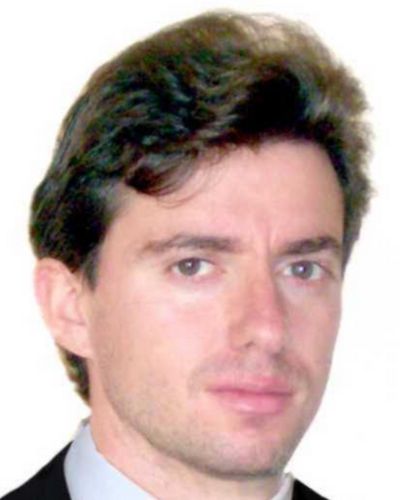
Miguel Ángel Fernández
Independent ResearcherWe designed a system that enables to perform easily in-vitro electrophysiological experiments on nervous tissues. Experiments can be carried out entirely remotely. The operations that can be performed include current stimulations, action potential readings, real-time visualization of electrical activity, real-time imaging of nervous tissue, real-time monitoring of environment, control of micro-fluidics, control of UV light for molecular uncaging and automatic generation of graphical representations of results. Moreover, all those operations are scripted in Python, which enables to automate experiments, perform exhaustive screenings or gradient-based optimization of any experimental parameters while keeping a detailed log of what was tested. We believe that this is a useful tool to perform complex neurophysiological essays which are the keys for wetware computing.
BIOGRAPHY Dr Fred Jordan is an inventor, entrepreneur and a scientist. He holds a PhD in signal processing from EPFL in Switzerland, where he specialised in image processing technologies. He is also co-author of 19 peer-reviewed publications and over 80 patents. His first company, AlpVision, is a commercial success in digital authentication technologies. In 2014 he co-Founded FinalSpark, together with Dr Martin Kutter. Over his career, he developed a deep expertise in the area of digital technologies and synthetic biology.Materials · Open and remotely accessible Neuroplatform for research in wetware computing (paper)

Fred Jordan
FinalSparkMy work conjectures that fundamental reality, taken to be an interacting system composed of discrete information, embodies replicating information structures called femes. This proposal extends Universal Darwinism to posit four abstract replicators - femes, genes, memes, and temes - rather than the currently recognized three. A detailed background section outlines key principles from physics, computation, evolutionary theory, and constructor theory. The conjecture is then provided in detail, along with five falsifiable predictions.
Materials · Paper on the talk’s contents · YouTube video on the talk’s contents
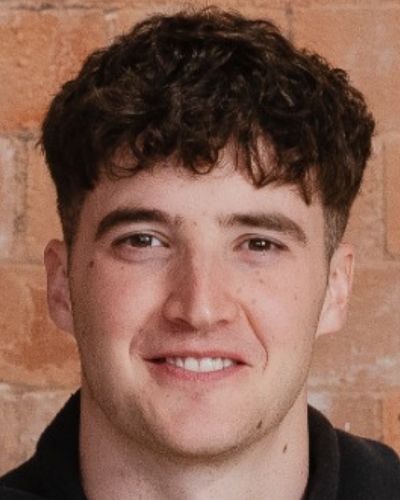
Thomas Bradley
Musical CollectiveWORKSHOPS
FISABIO Lab On Wednesday at 10:00 a visit will be organized to the FISABIO-Salud Pública research center, standing for the Foundation for the Promotion of Health and Biomedical Research of the Valencian Community-Public Health, and equipped with several scientific facilities. It is a 15-minute walk from the School venue. This activity will run in parallel to the main School schedule. Summary This interdisciplinary summer school activity offers an immersive exploration of the FISABIO research facilities, focusing on the Genomics Labs, the Sequencing and Bioinformatics Unit, and the institute's Biobank. Participants will gain insights into the integration of diverse scientific disciplines, exemplified by the collaborative efforts during the pandemic to track viral variants. Organizer/Guide: Fotis Tsiroukis (SEMF) Researcher/Guide: Giuseppe D'Auria (FISABIO) The Tour The visit will begin with a context-setting presentation of the evolution and impact of sequencing technologies in life sciences with a focus on the study of microbial ecology. We will later embark on a visit that will encompass a comprehensive tour of the laboratories, from the sampling procedures to DNA extraction (PRE-PCR), to PCR processes,culminating in an examination of sequencing technologies and bioinformatics applications (POST-PCR), with the last stop at the institute's Biobank Unit (if time permits). The tour will be followed by a post-visit reflection session, where we will share notes, insights and find common themes across perspectives. Depending on time, a collaborative writing session will take place aiming at generating publishable material, either the same day or another. Preparation Participants are invited to bring with them note-taking equipment of their preference (physical or digital) as well as any other means of documentation such as photographs, cameras or field recorders. The visit will be condensed and rich with information so make sure to take plenty of notes and document as much as possible. The material will be used for post-visit reflection and possibly for a collaborative publication. Make sure to also dive into the online material provided by FISABIO: Sources FISABIO - DNA Sequencing FISABIO - Massive Sequencing of last generation Next-gen Sequencing Technologies (Combie et al. 2019) Nextsrain Genomic Epidemiology Portal - Spain Diagram of the Visit To attend this activity you must sign-in on the Activities Sign-Up Form. Maximum 15 people.

Fotis Tsiroukis
University of ExeterTBD.

Elena Isasi-Theus
Universitat Politècnica de Catalunya<
Fotis Tsiroukis
University of ExeterTBD. The attendants will need to install the non-commercial version of TouchDesigner, and for the musical part the trial version of Bitwig.
